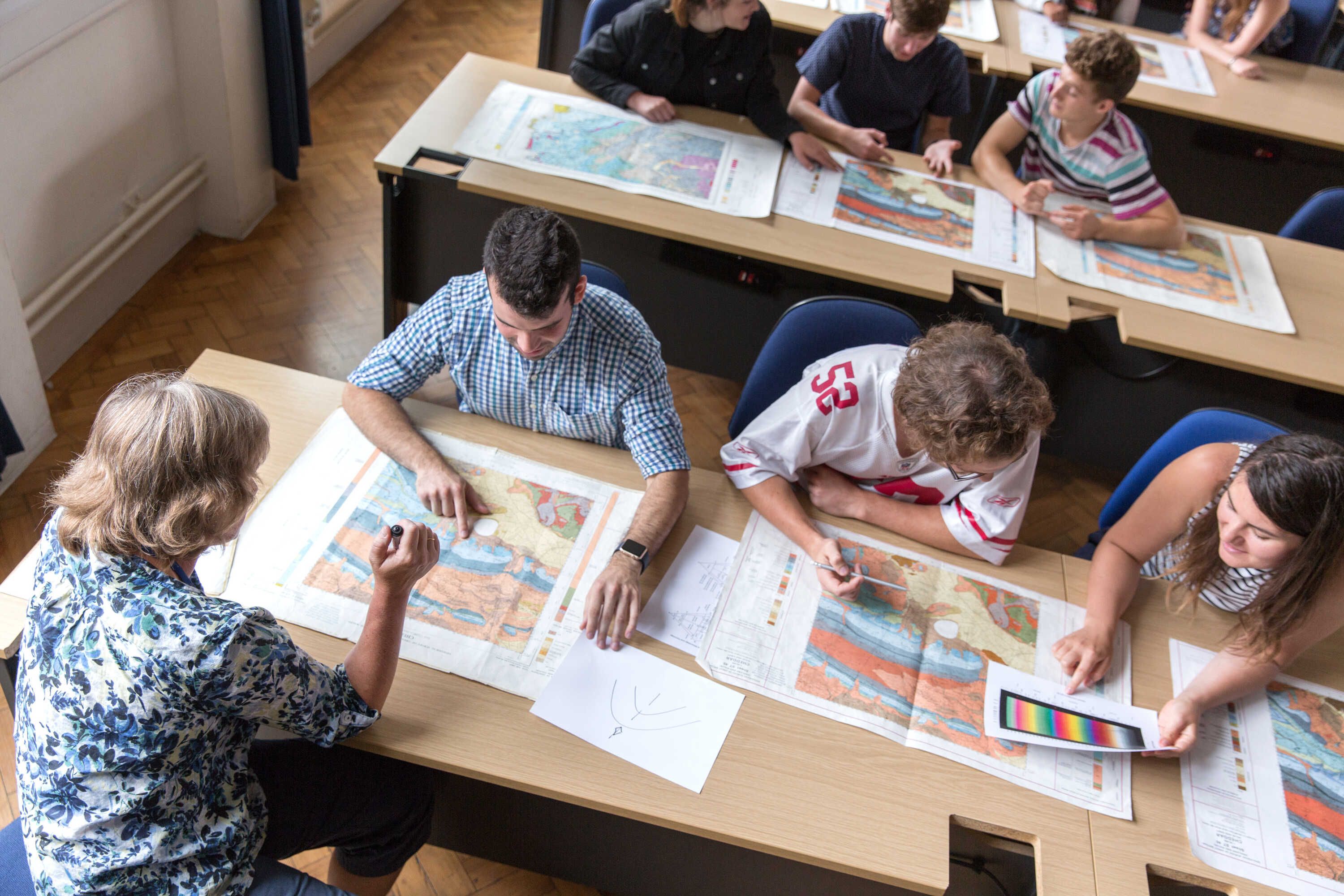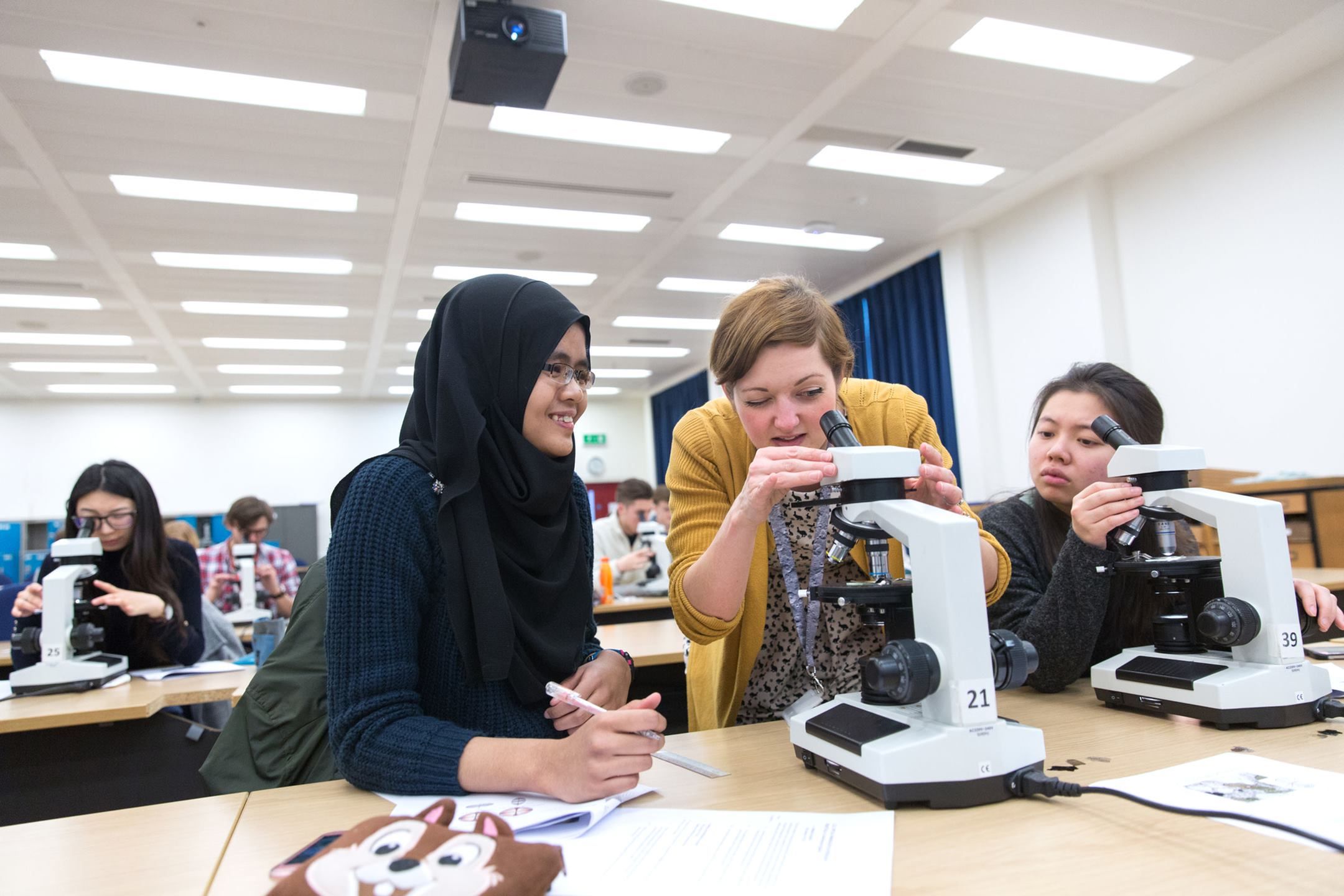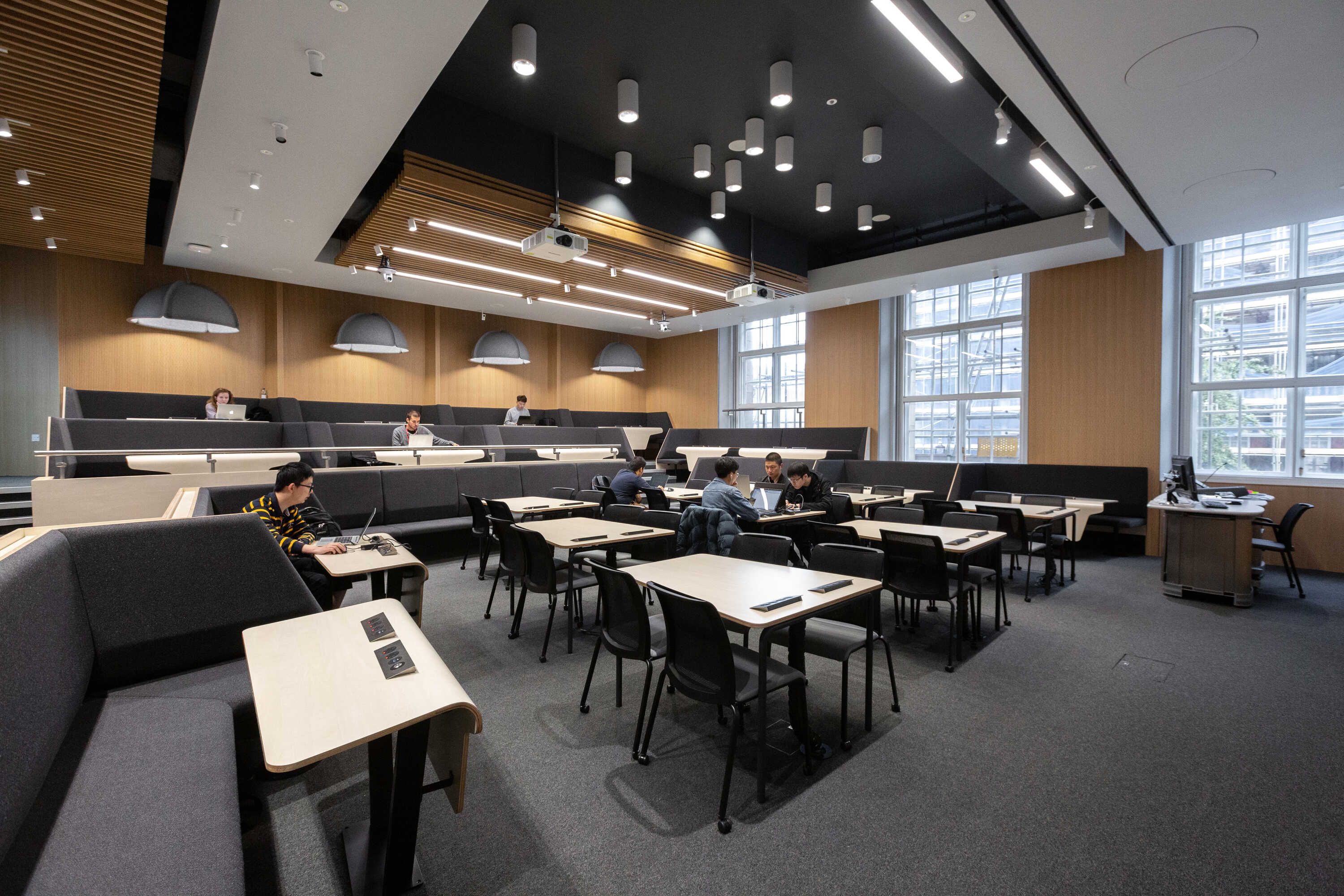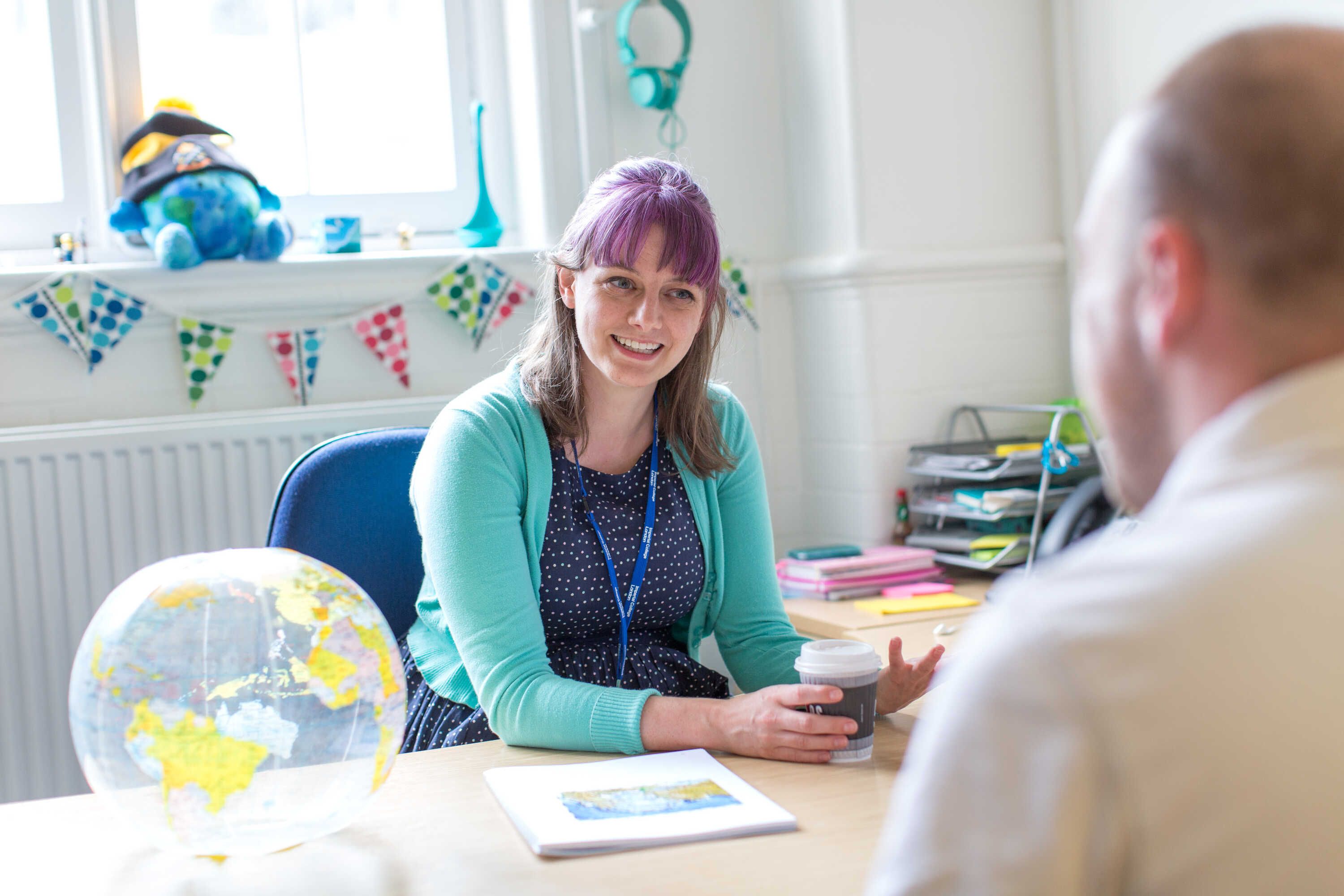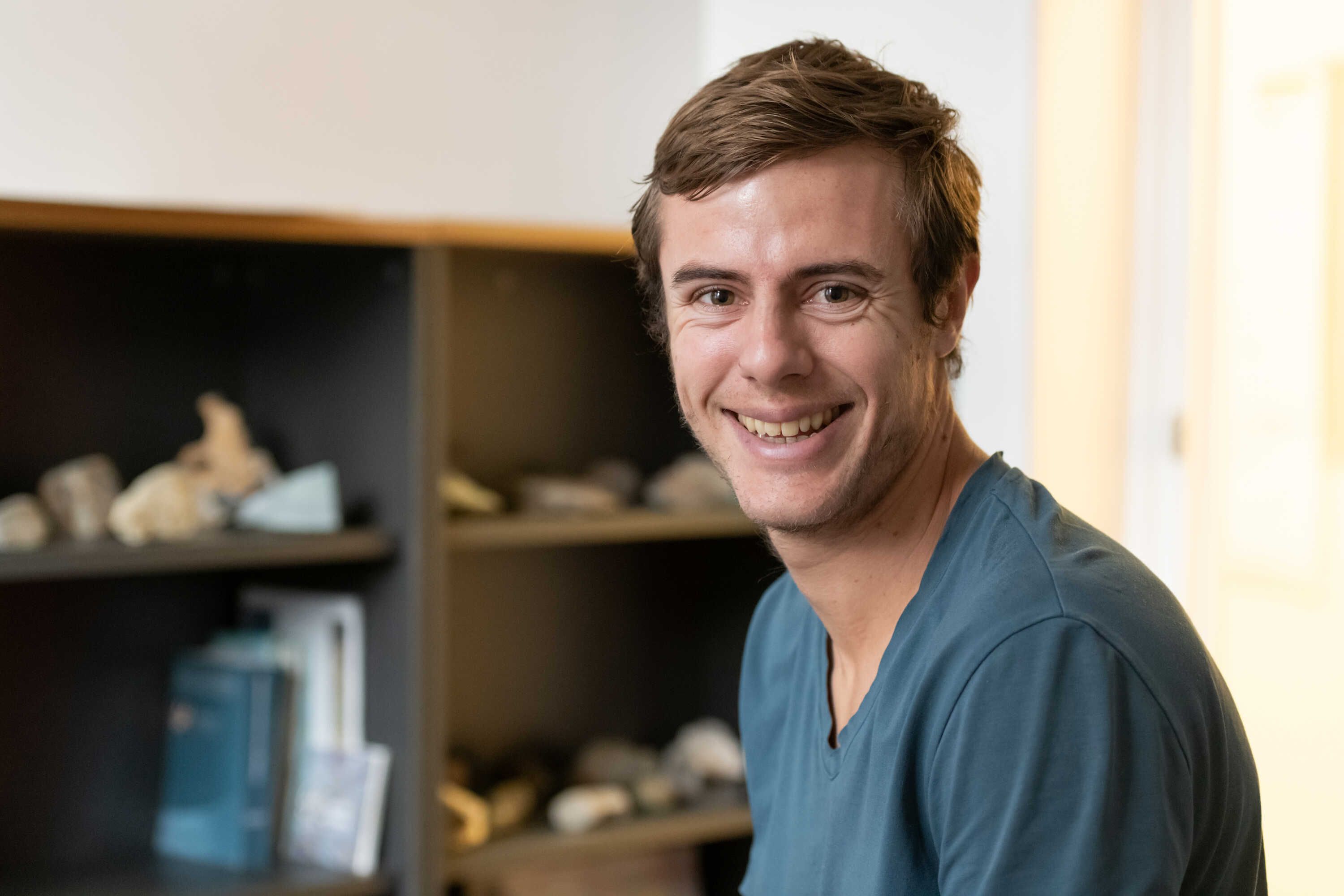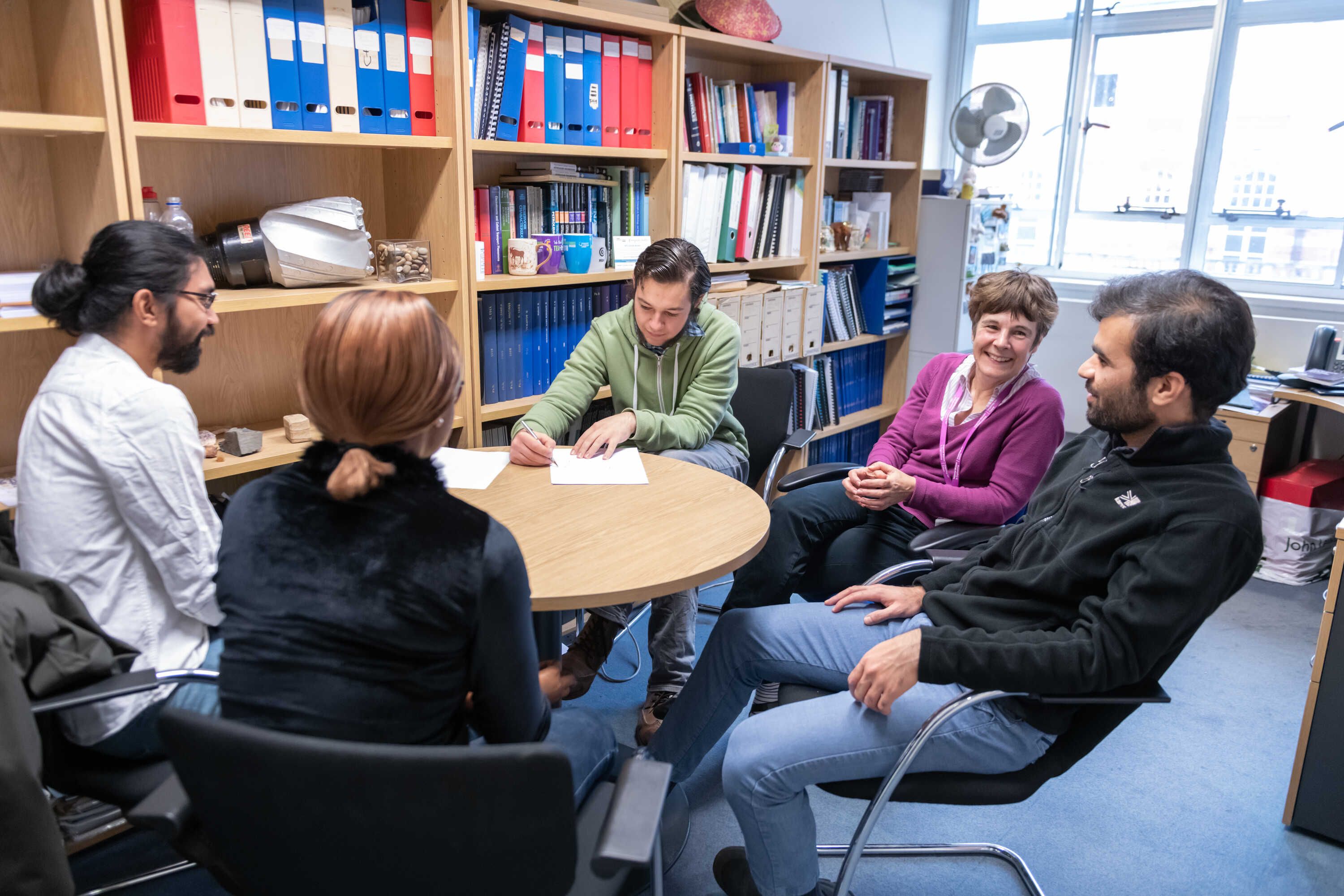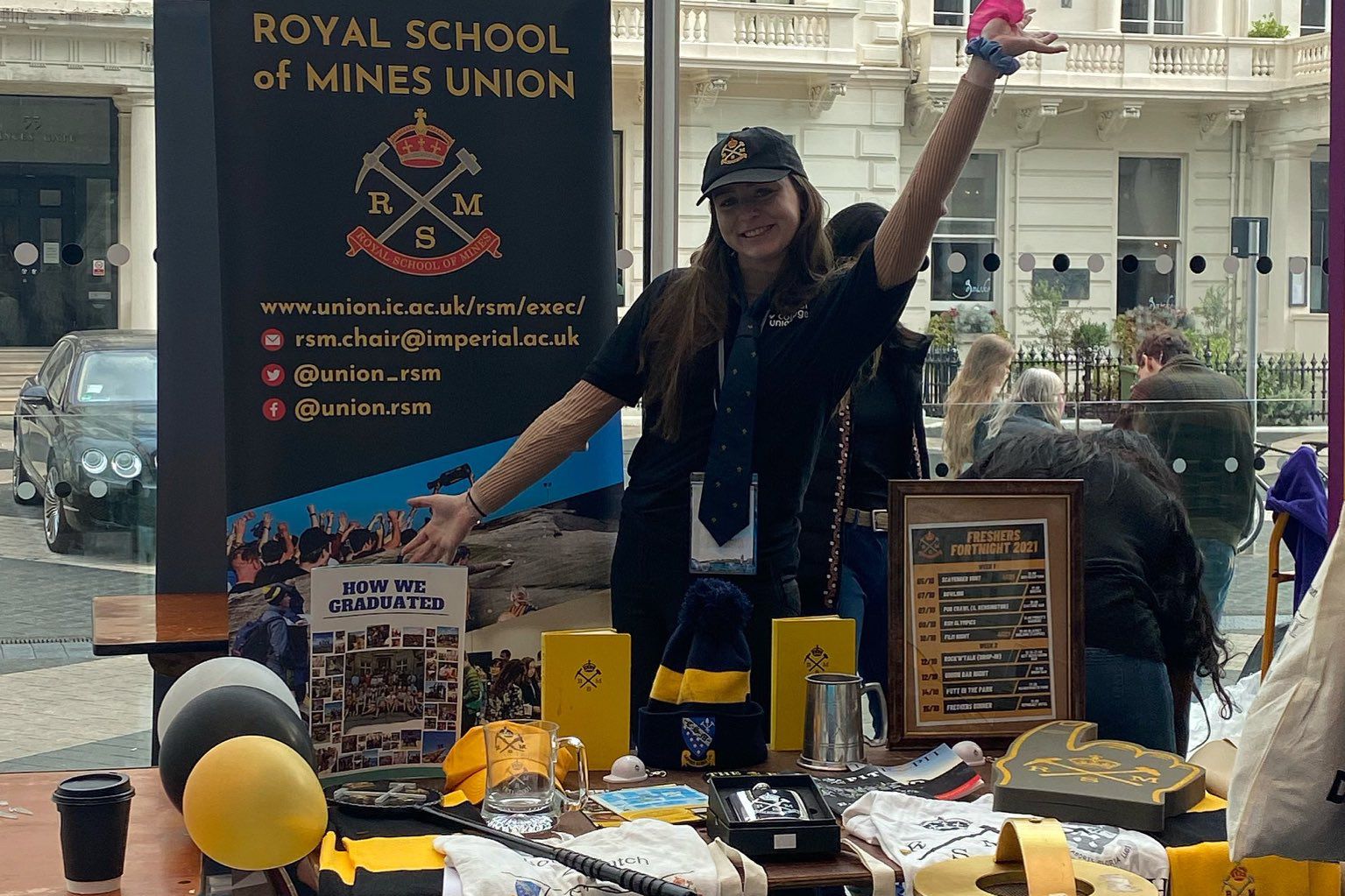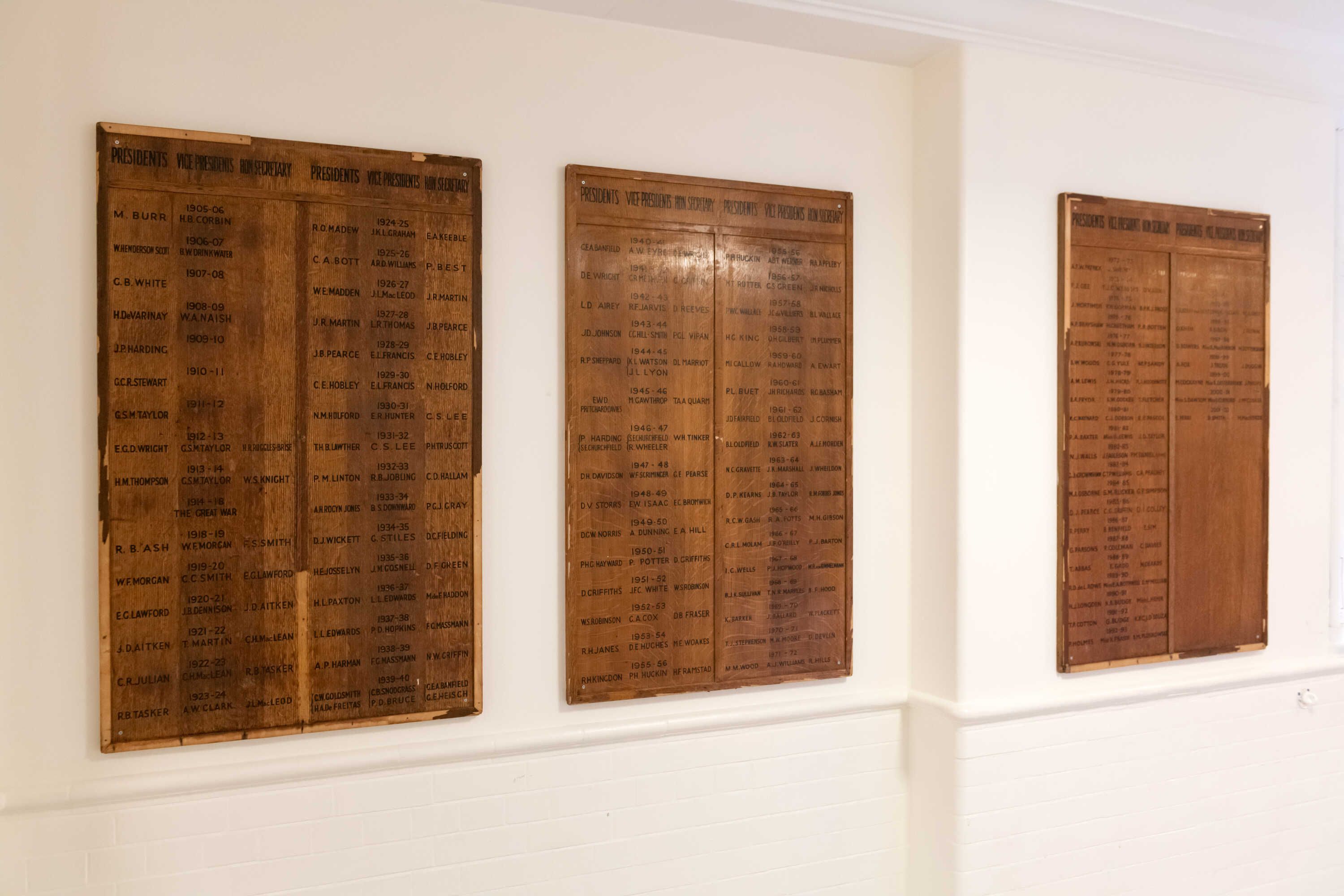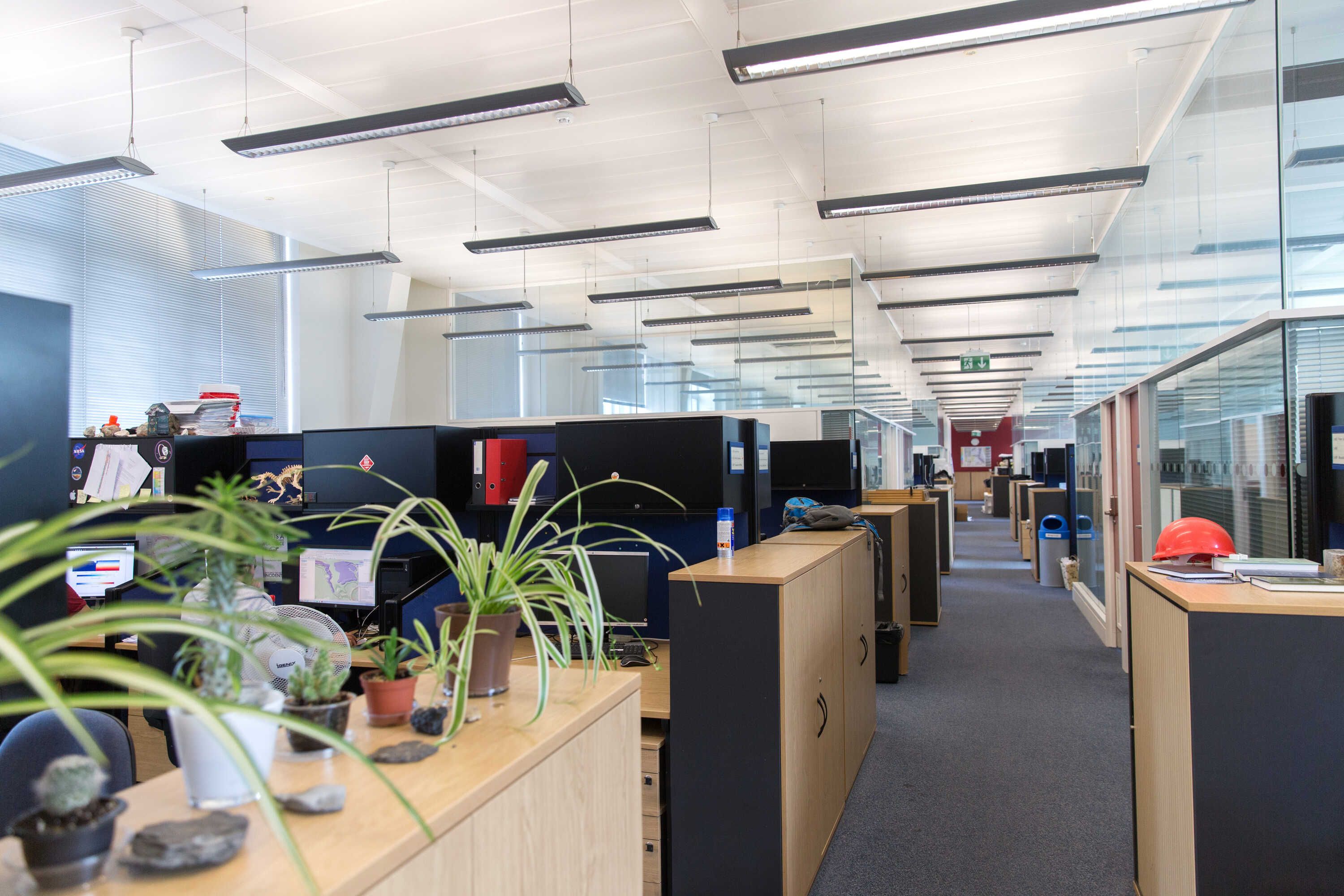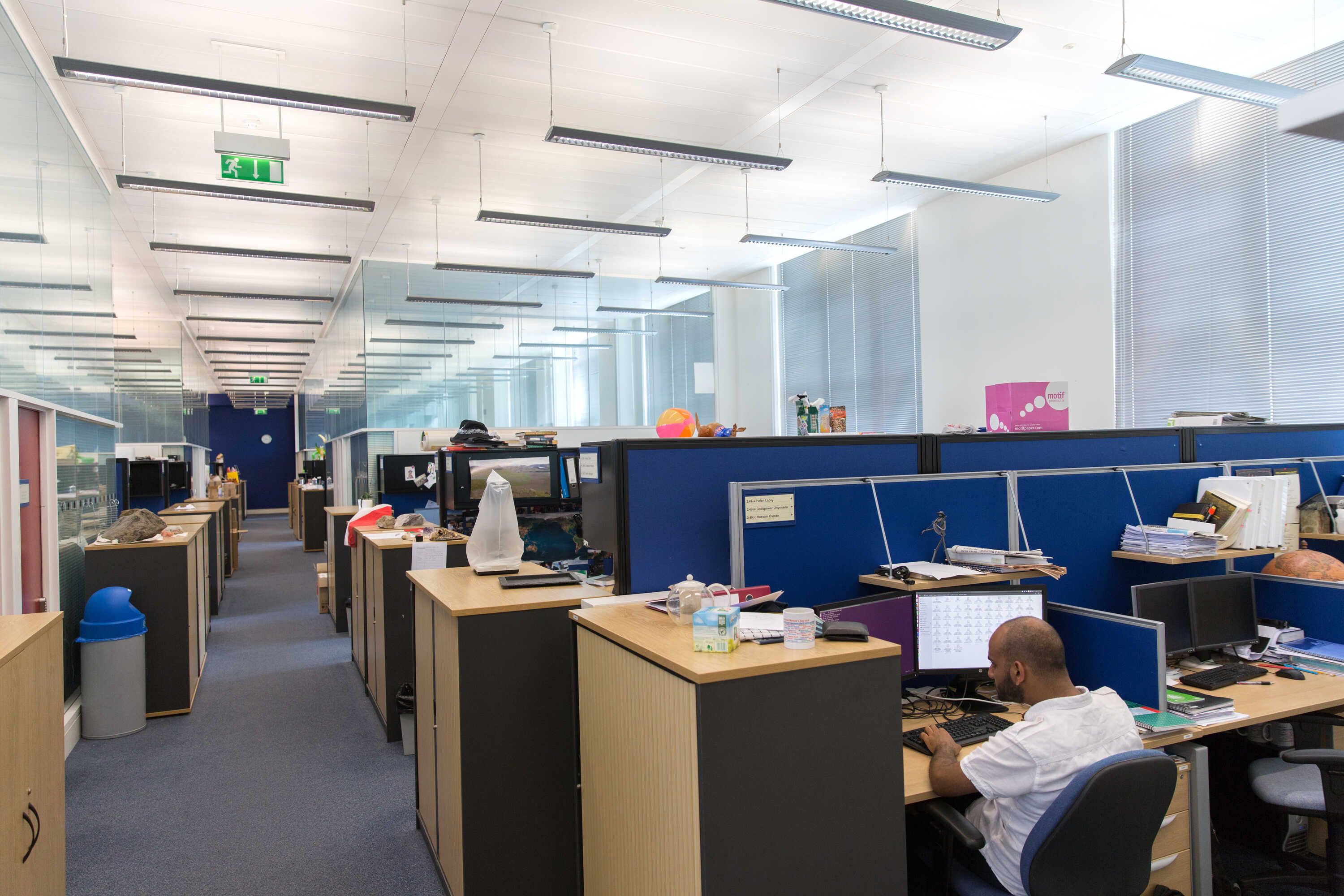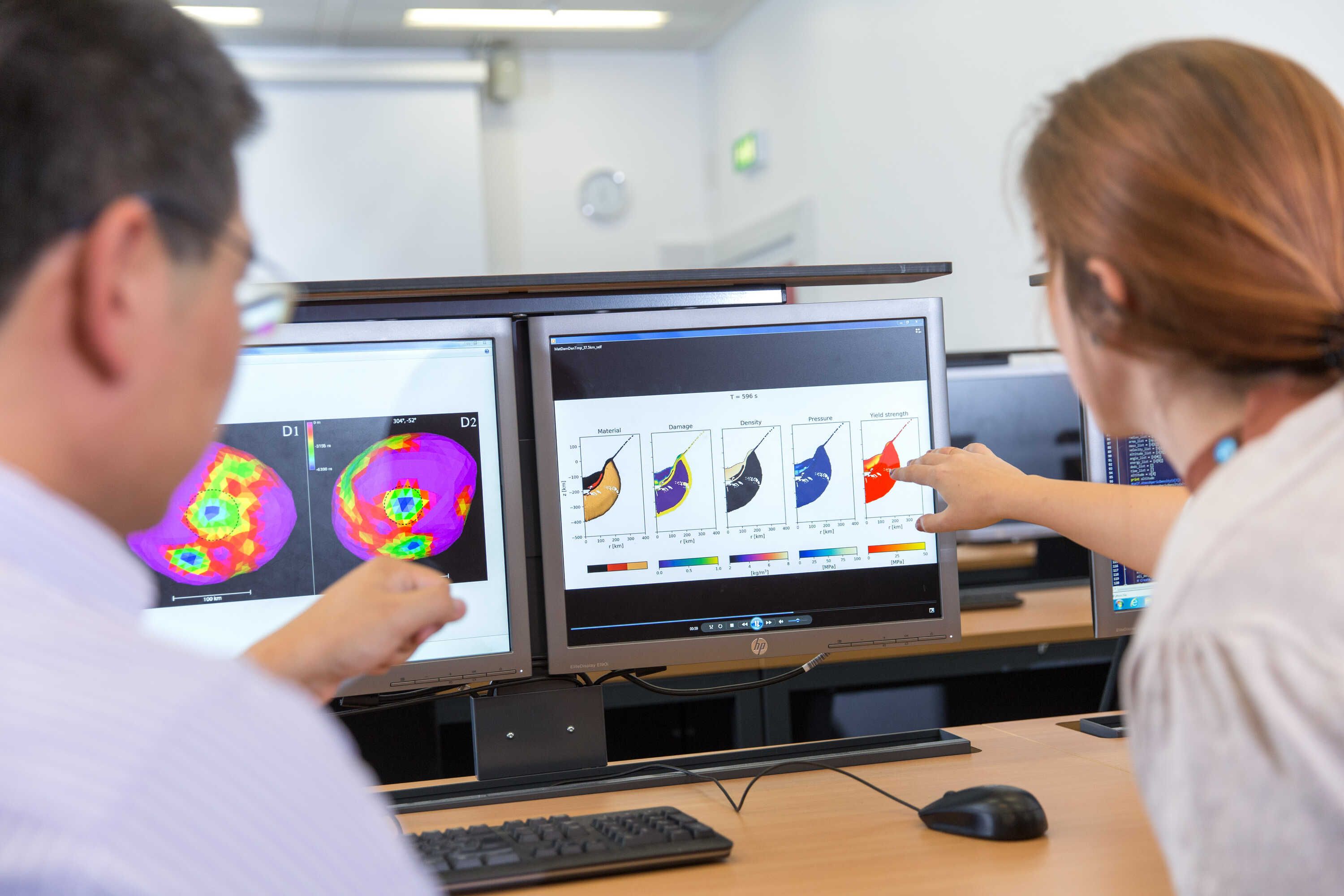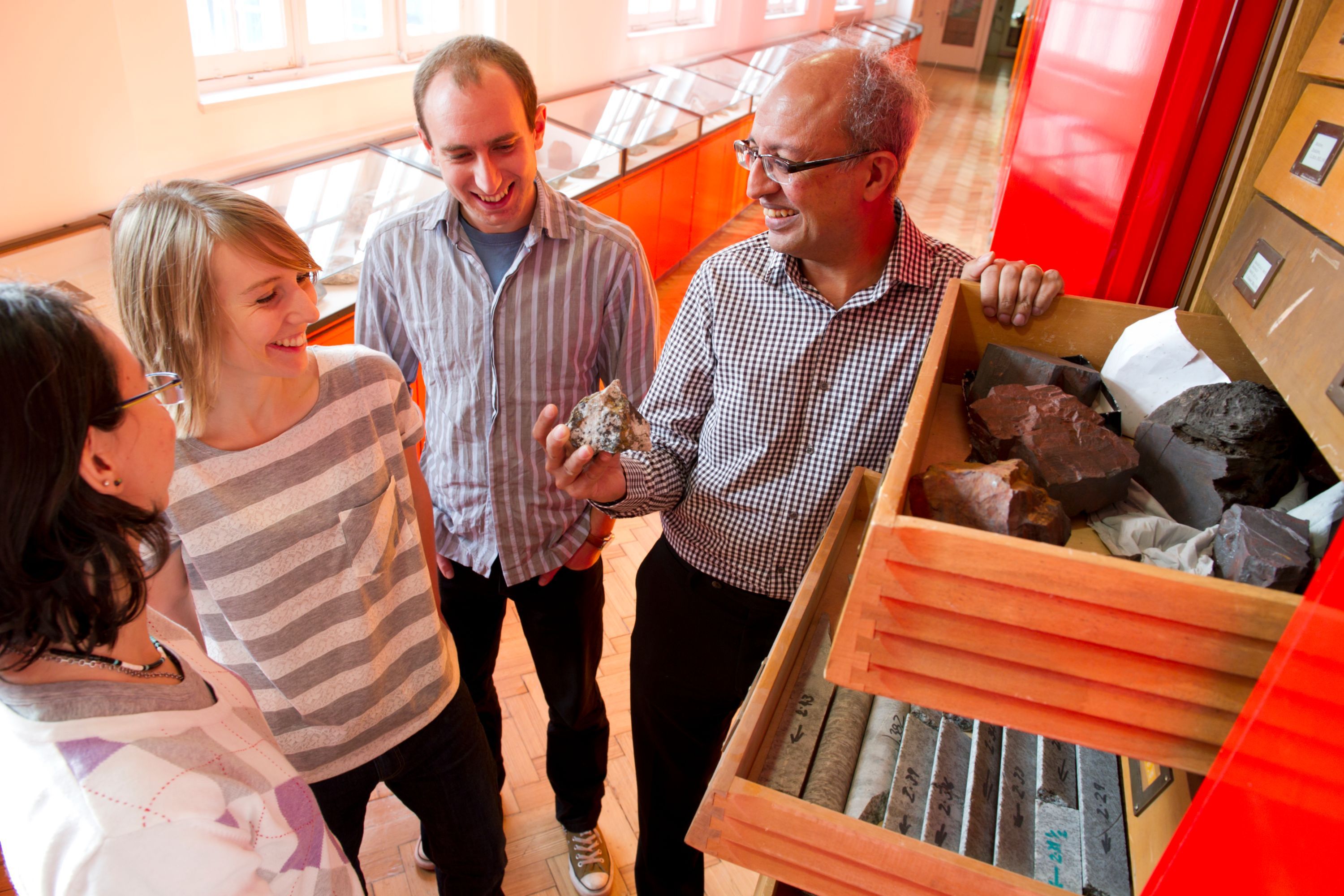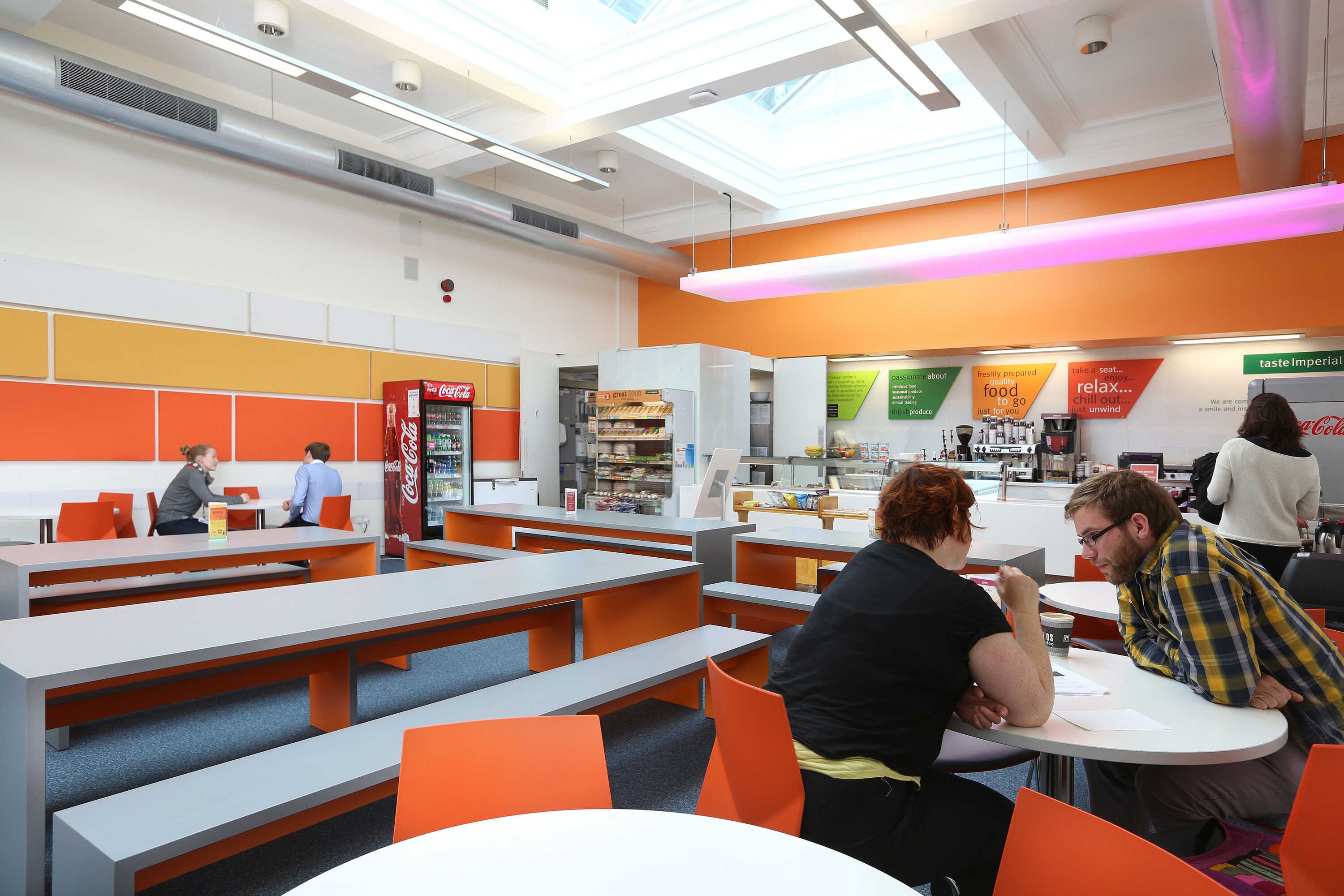If you join us at one of our open or taster days, we will ensure that you can take a tour of the Department and wider campus while you are here. However, we have also created a virtual tour to accompany our 360° photos, highlighting some of the key areas in the Department so that you can get a real feel for what it is like to study at the Royal School of Mines (RSM).
A big welcome to our Department
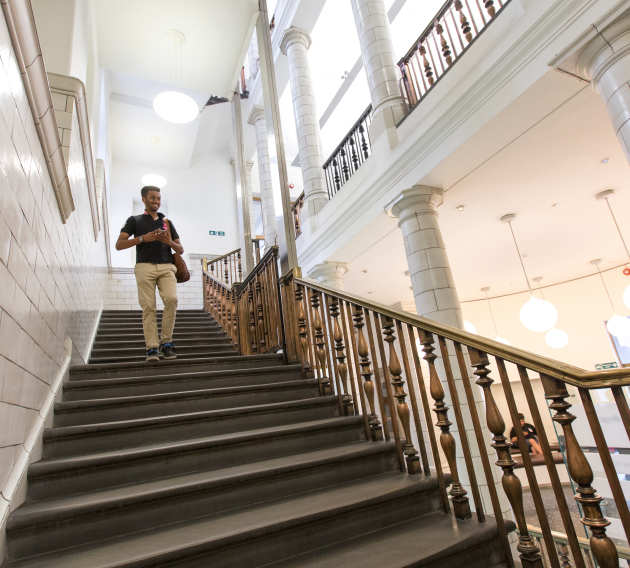 When you enter the Department, you will see our main reception area which is always busy, especially between 8.45am and 9am when our students make their way in for morning lectures. We have a central staircase which takes you up through the floors of the RSM and is an impressive sight when you first see it. We also have a central lift and small side lift which stop at every floor of the Department.
When you enter the Department, you will see our main reception area which is always busy, especially between 8.45am and 9am when our students make their way in for morning lectures. We have a central staircase which takes you up through the floors of the RSM and is an impressive sight when you first see it. We also have a central lift and small side lift which stop at every floor of the Department.
We will first explore the lower basement level, before making our way up through the different floors of the Department and introducing you to the main areas you might visit as a student here at the Royal School of Mines.
Basement: a peek into the labs
If you enrol on a four year undergraduate Master's course, you will undertake a research project during your final year. Depending upon where your interests lie and your choice of specialism, you may have the chance to use some of our state of the art laboratories to help you complete your chosen project. Some of our students also apply to take part in the Undergraduate Research Opportunities Programme (UROP) where students work alongside an academic on a research project in one of the laboratories during their vacation. We’ve therefore added a few sneaky photos of some of the labs you may have the opportunity to work in.
Ground floor: teaching and support
First and second floors: microscopes, maps and research
Third floor: computers and the coffee shop
Photo credit - Thomas Angus, Dave Guttridge, Alexander Norori-McCormac and Sarah Dodd.

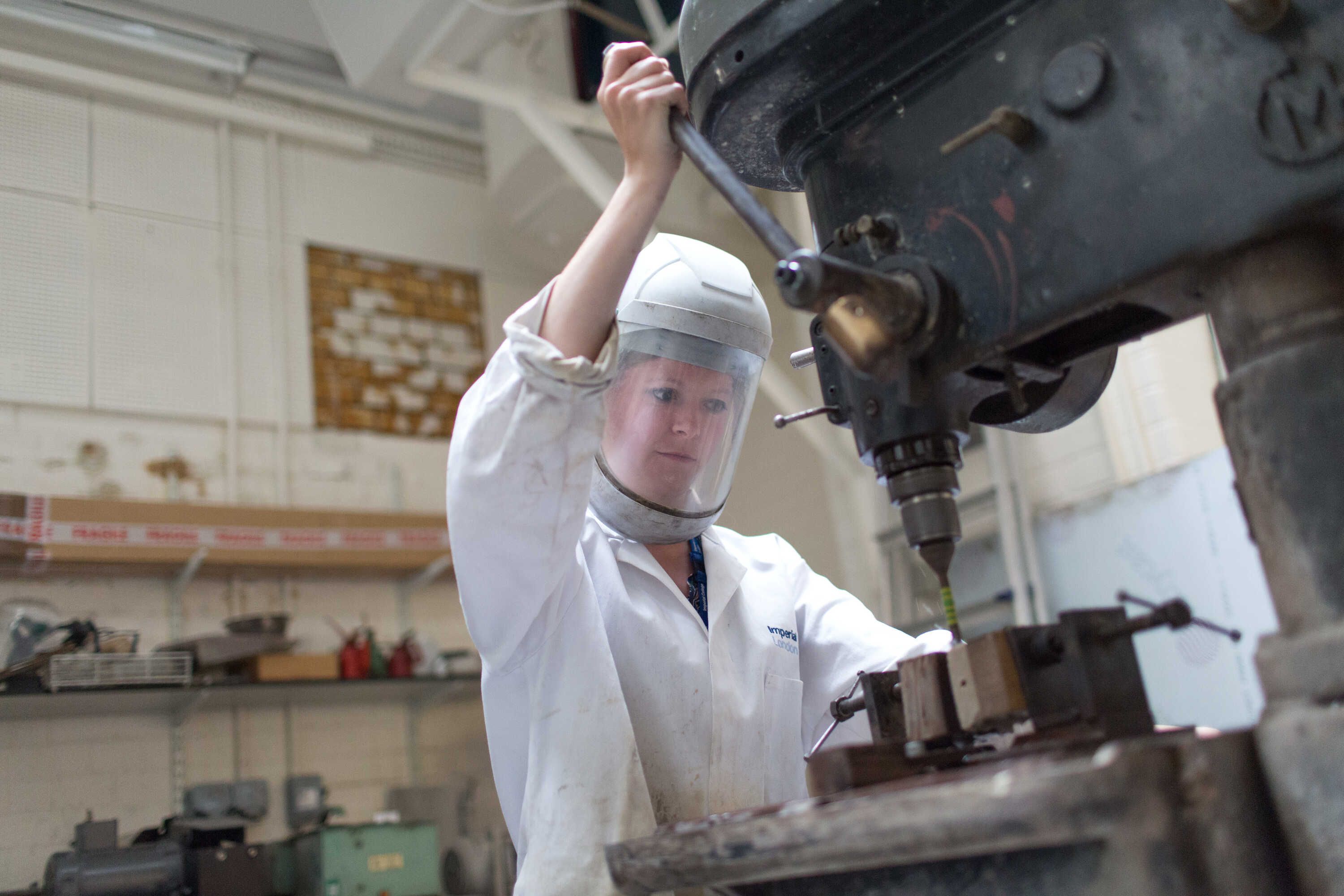
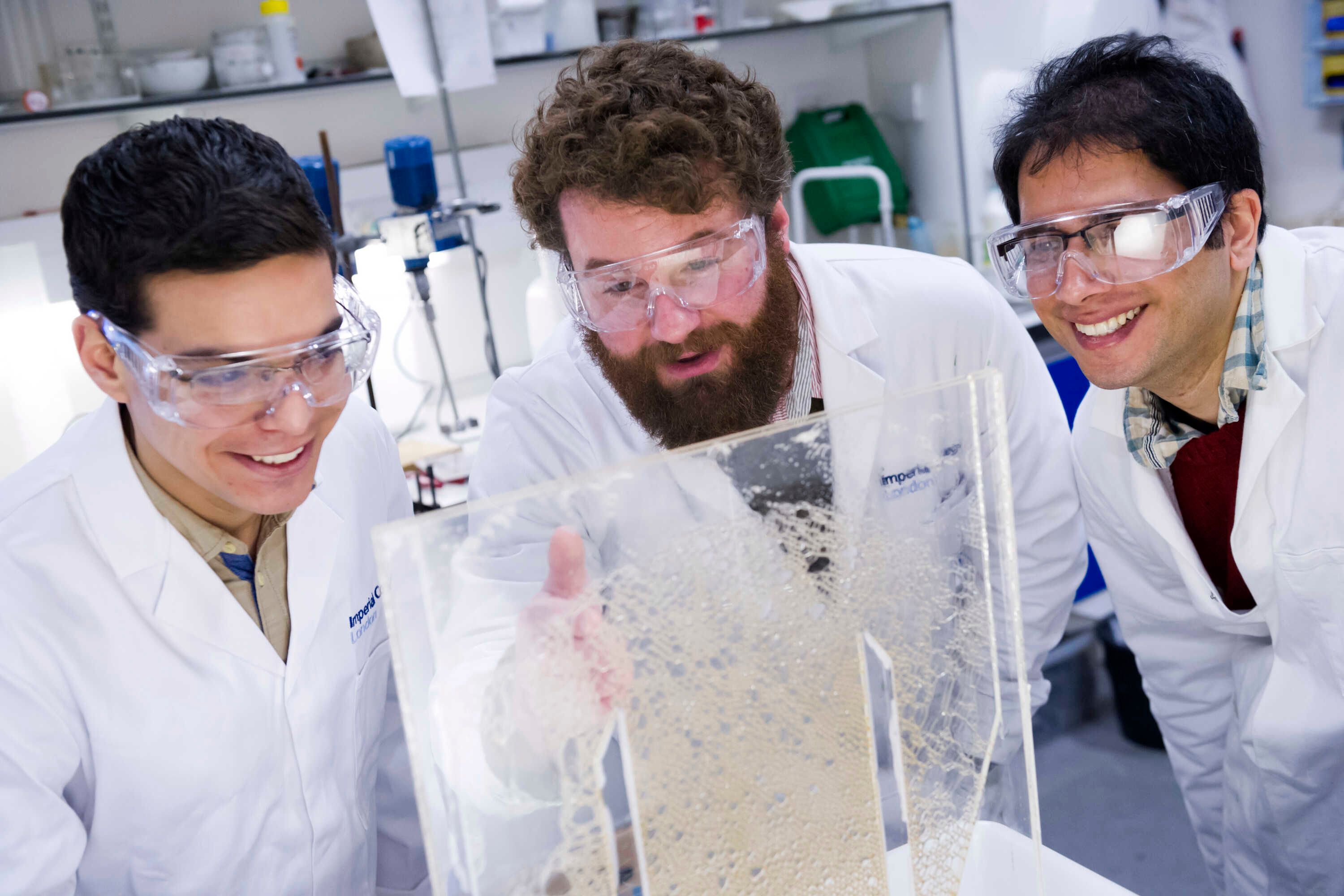
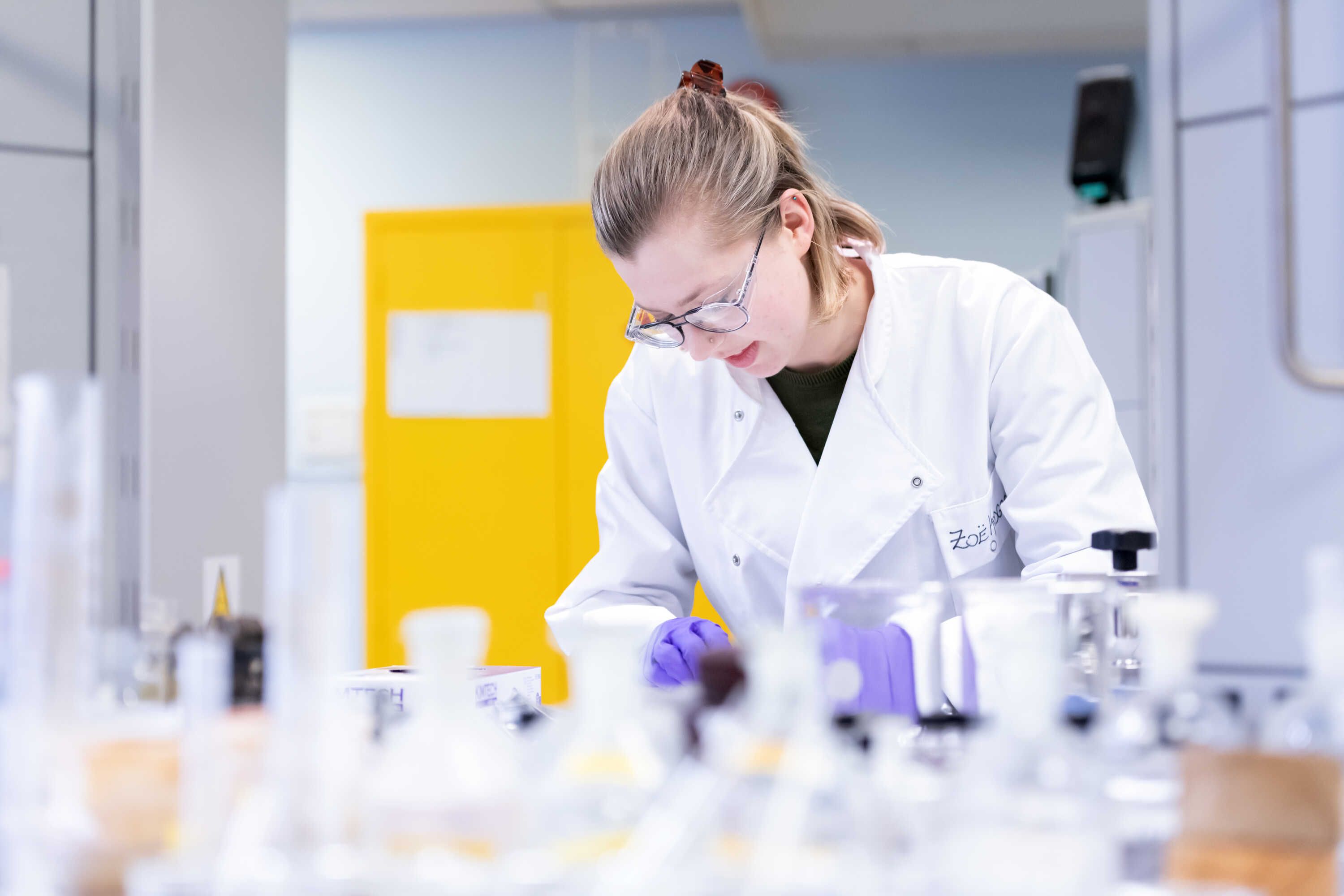
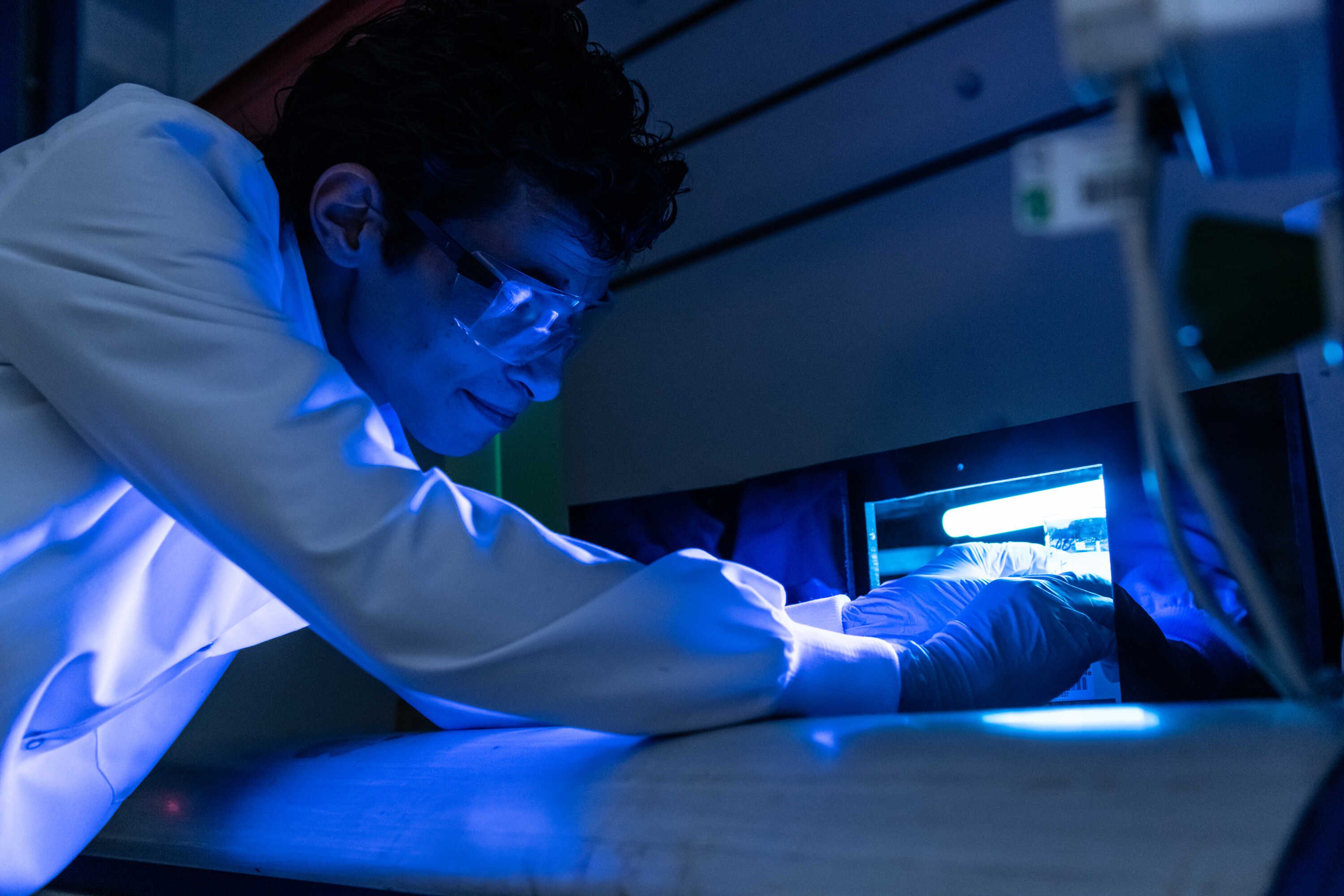
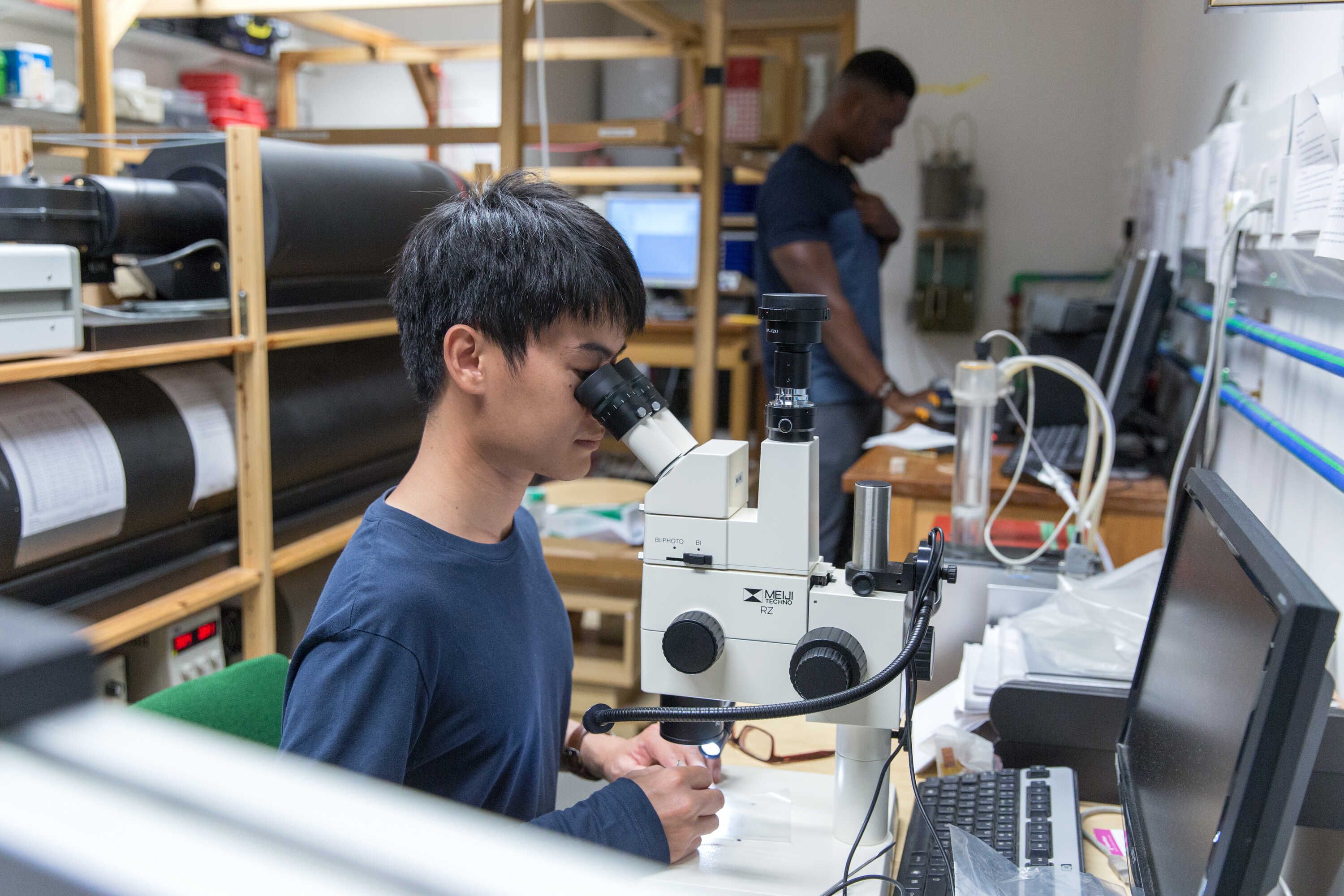
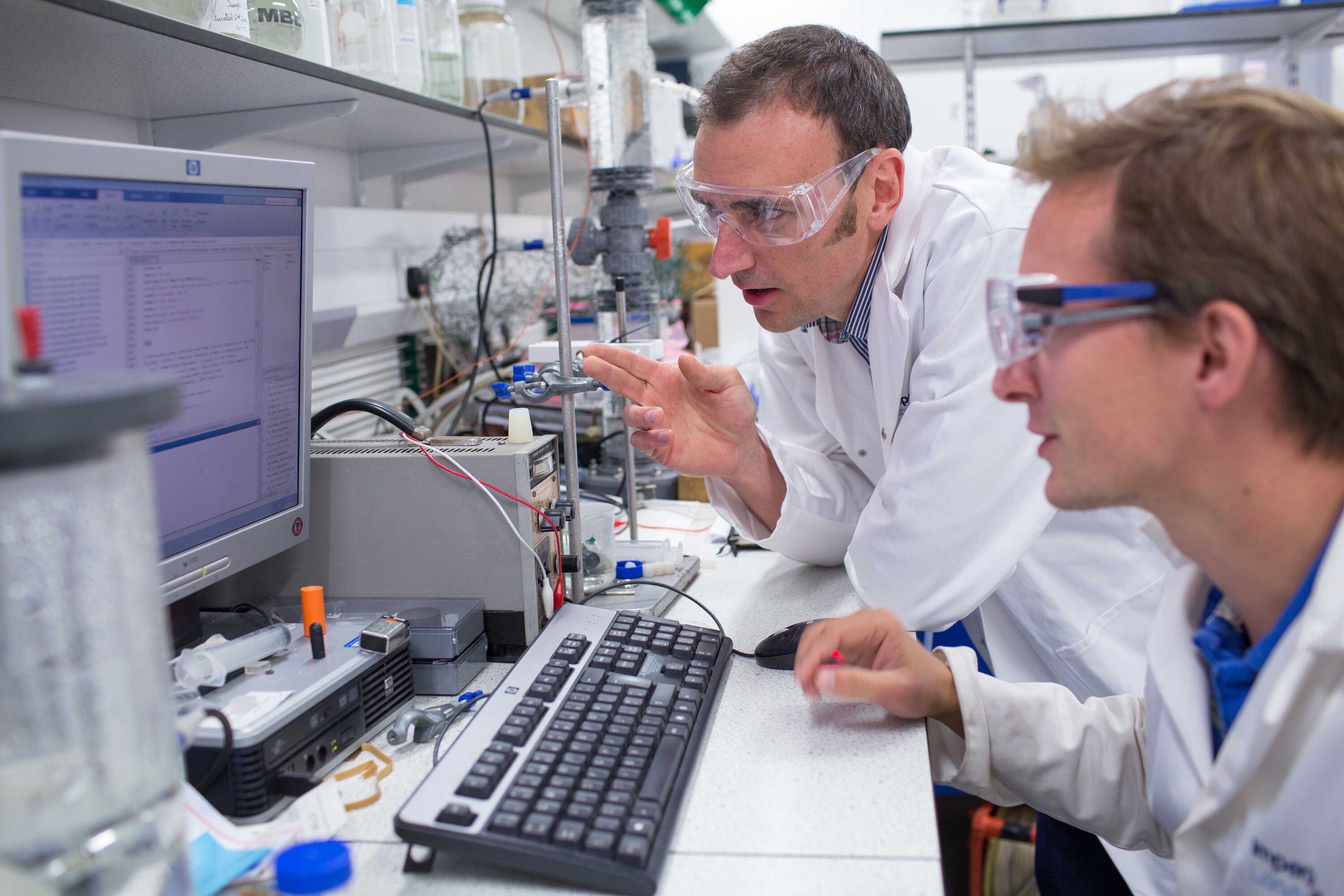
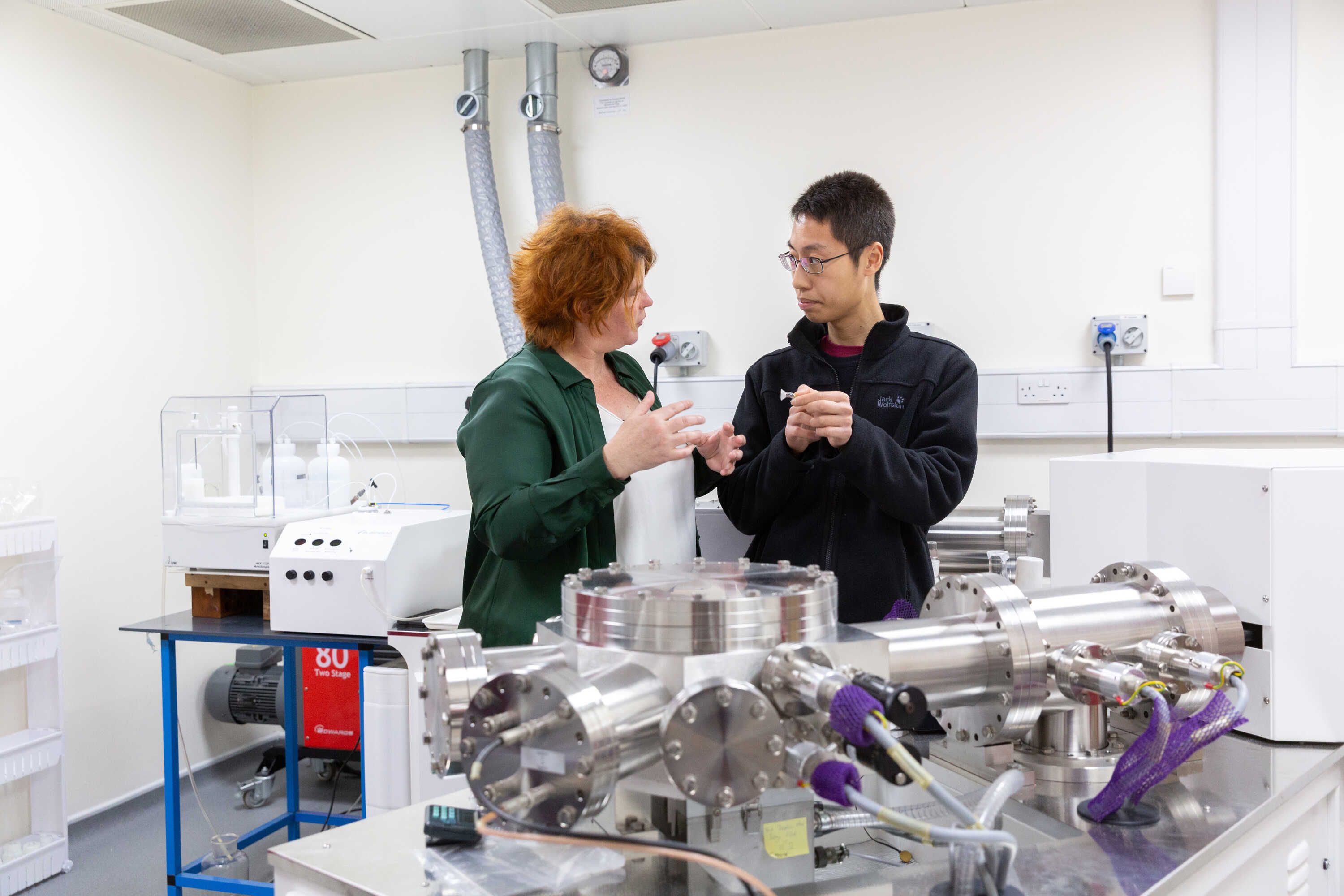
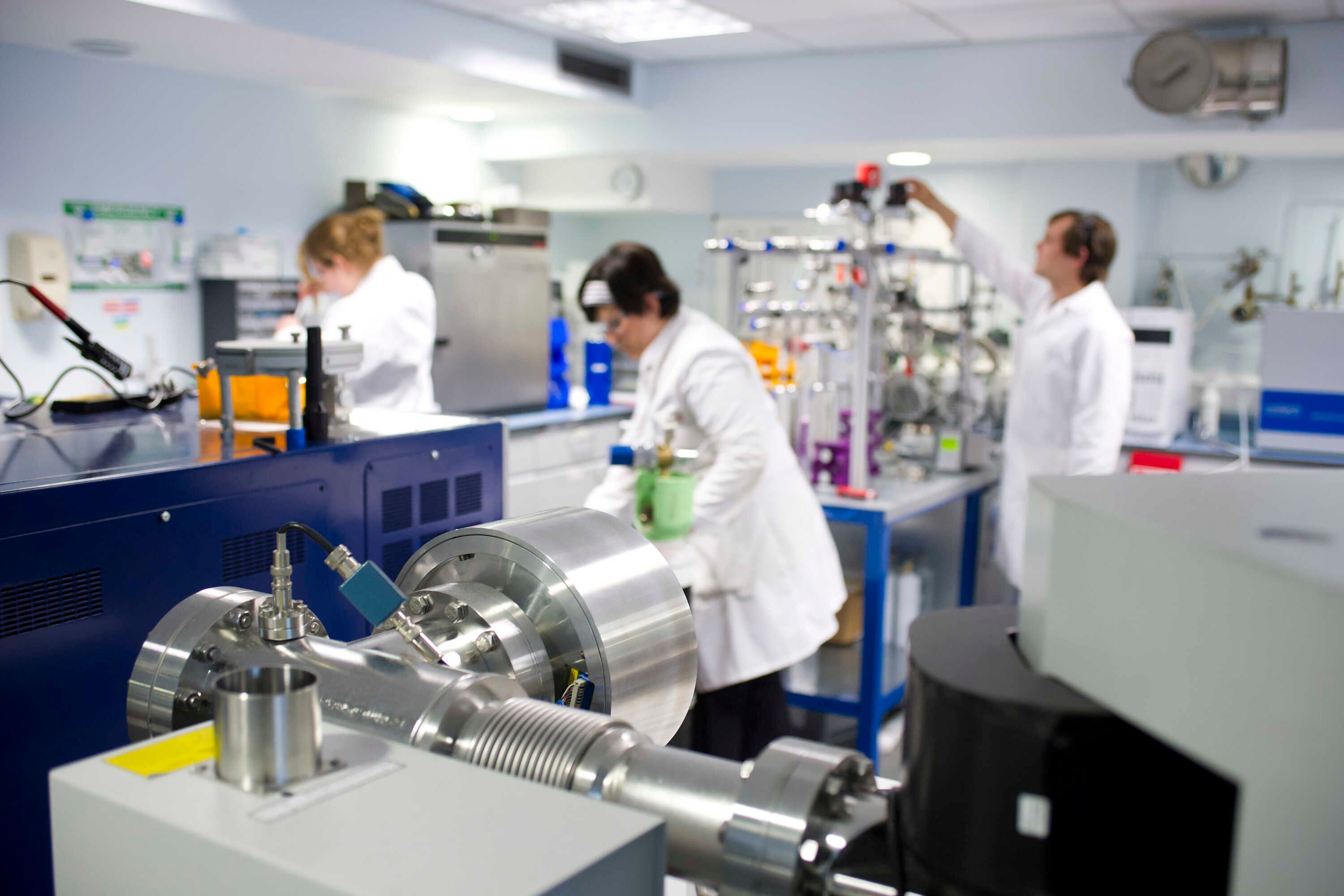
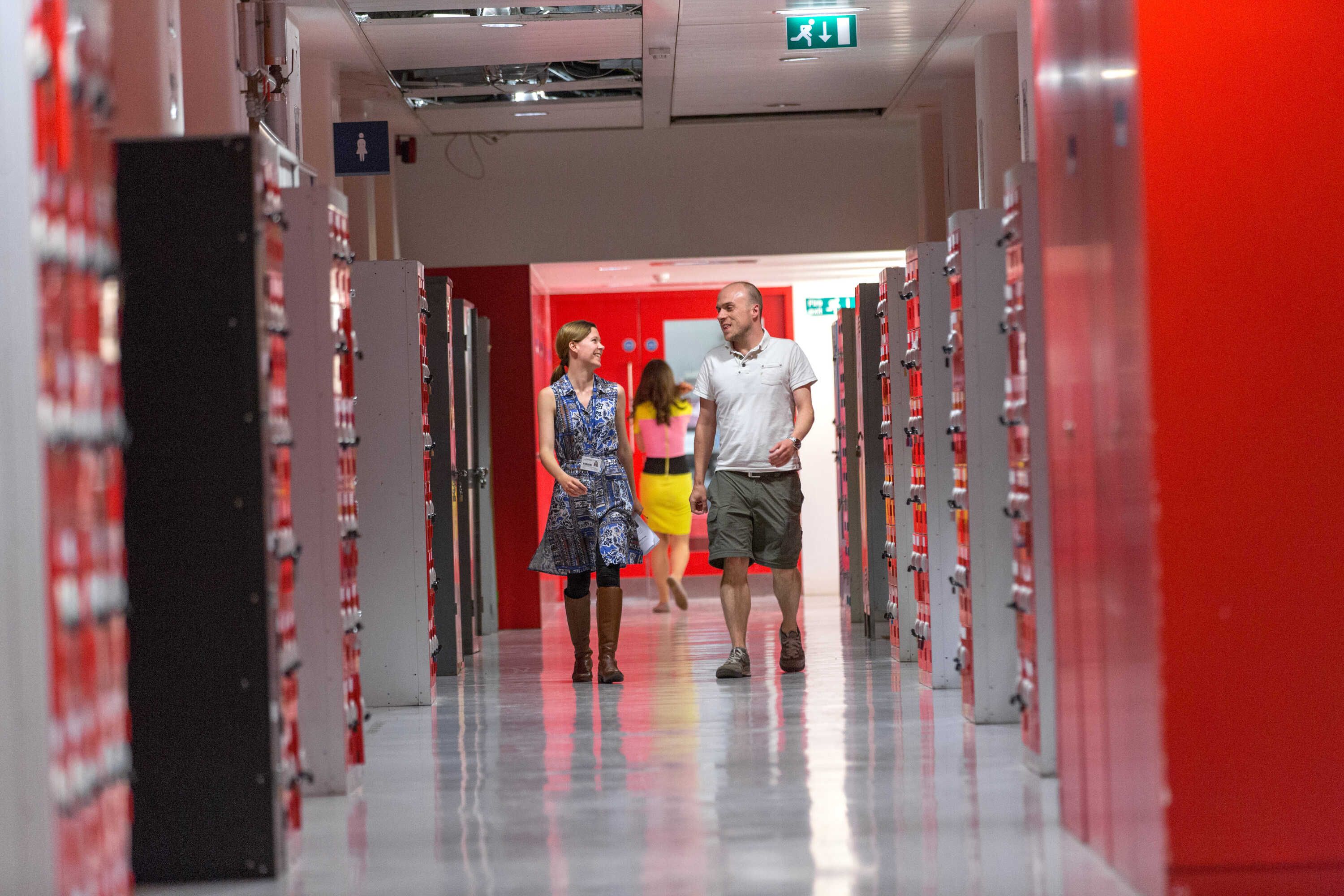
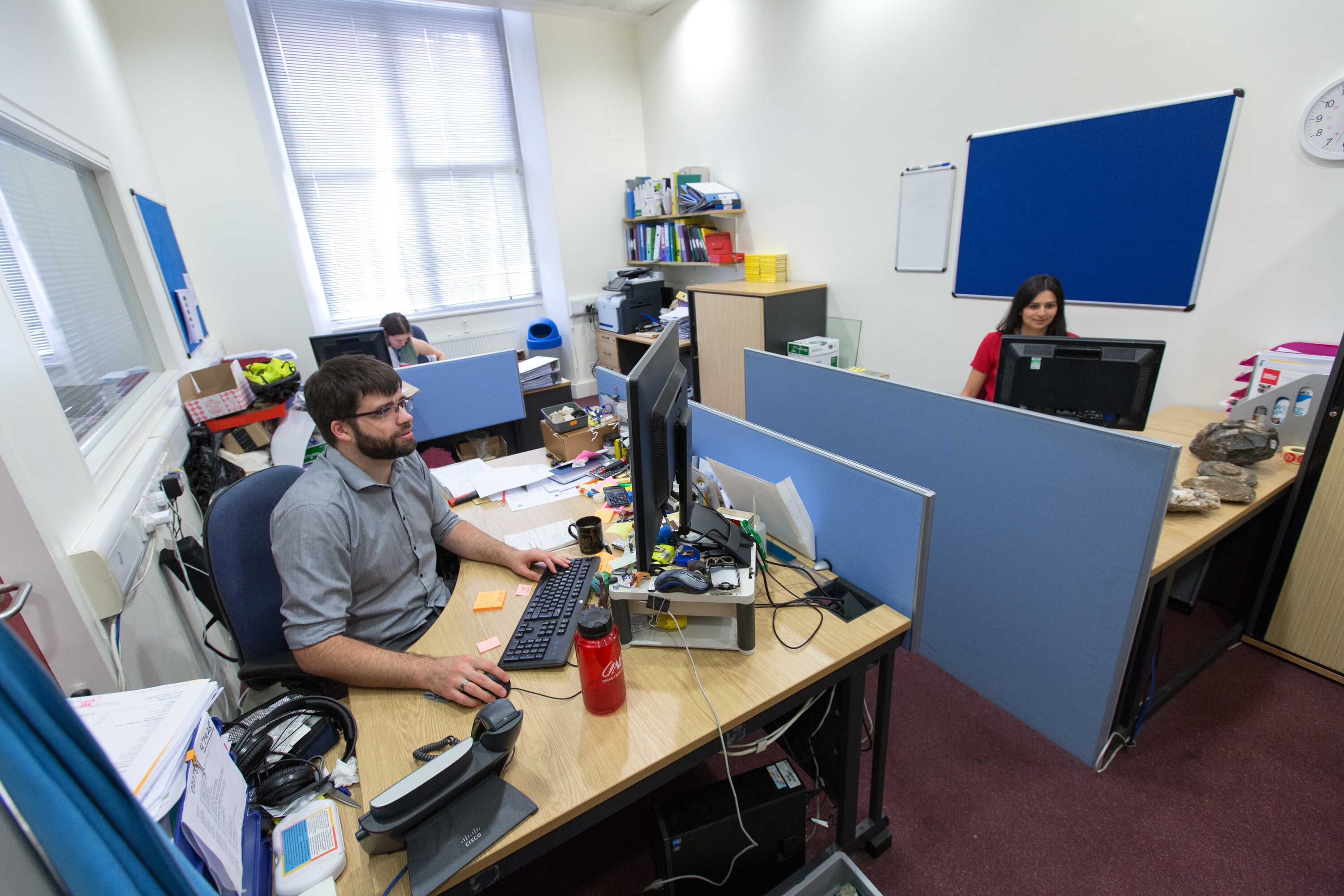
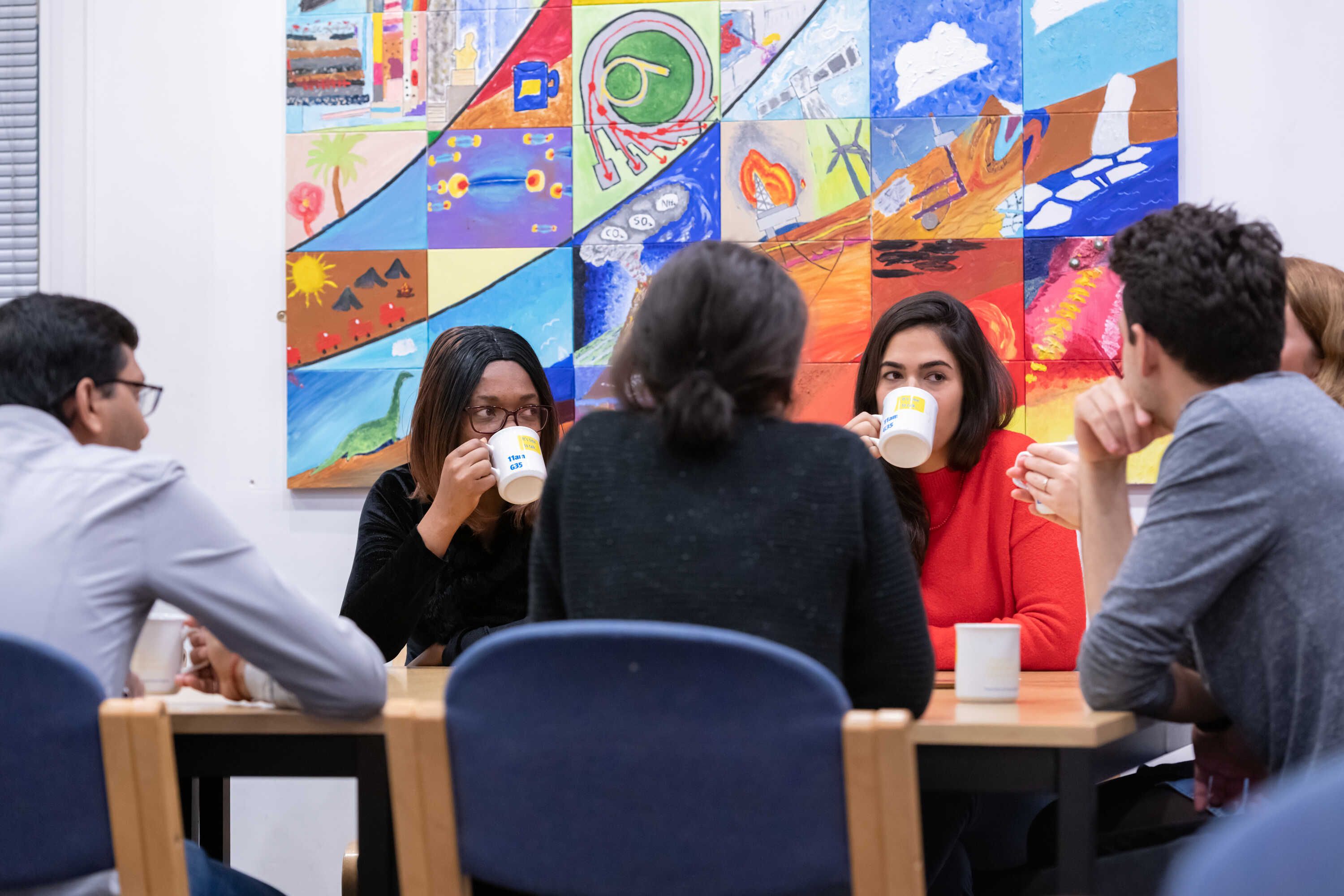
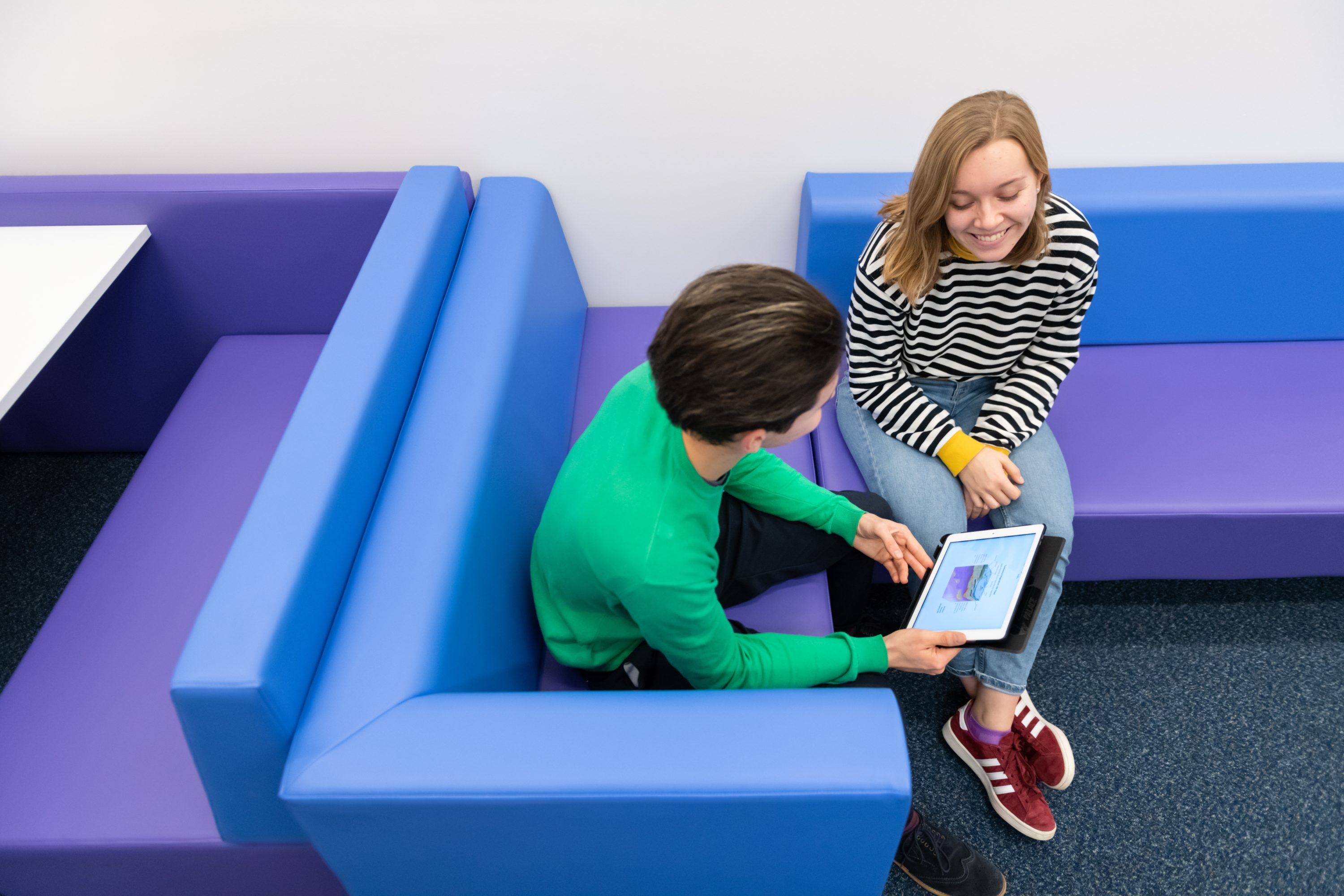
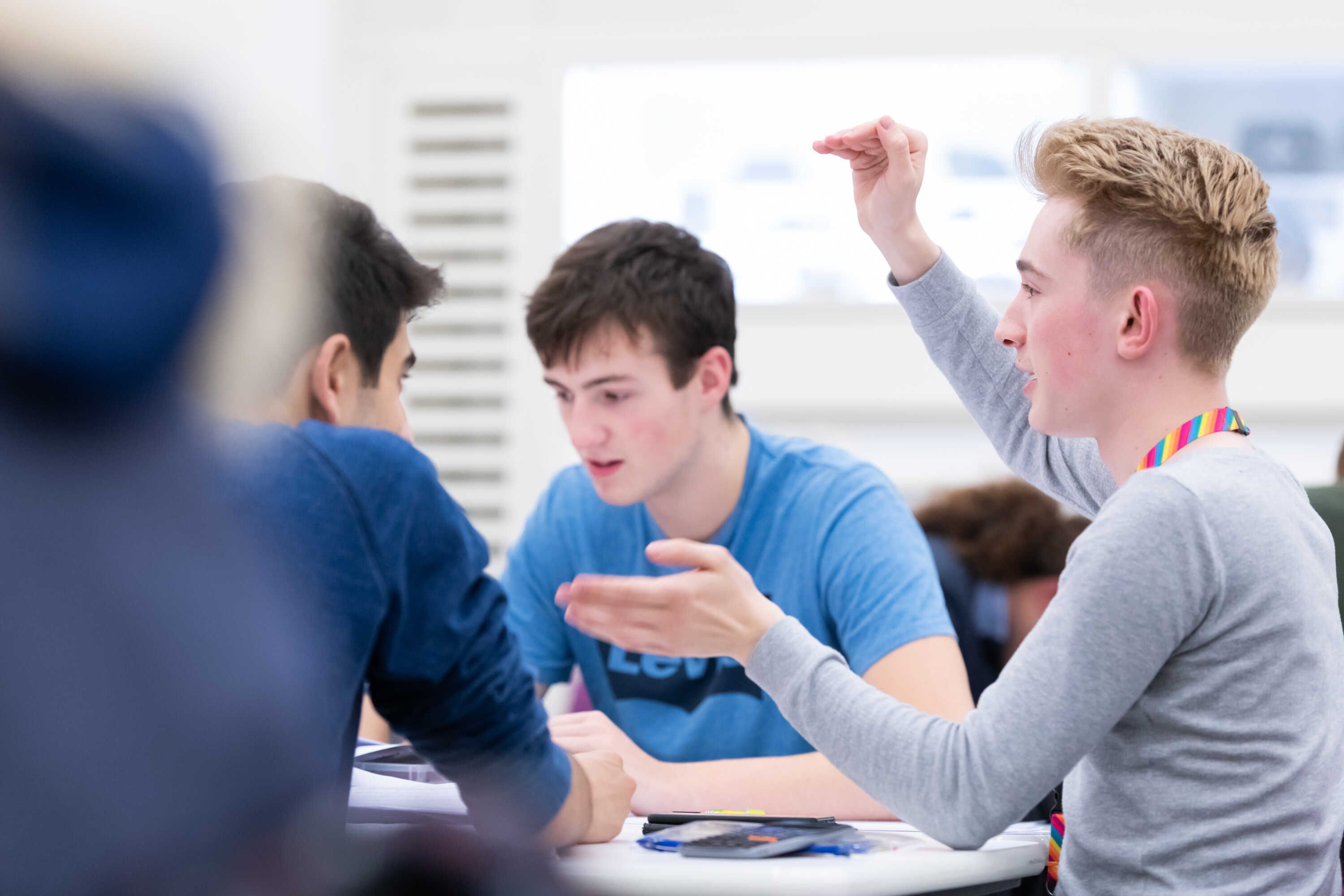
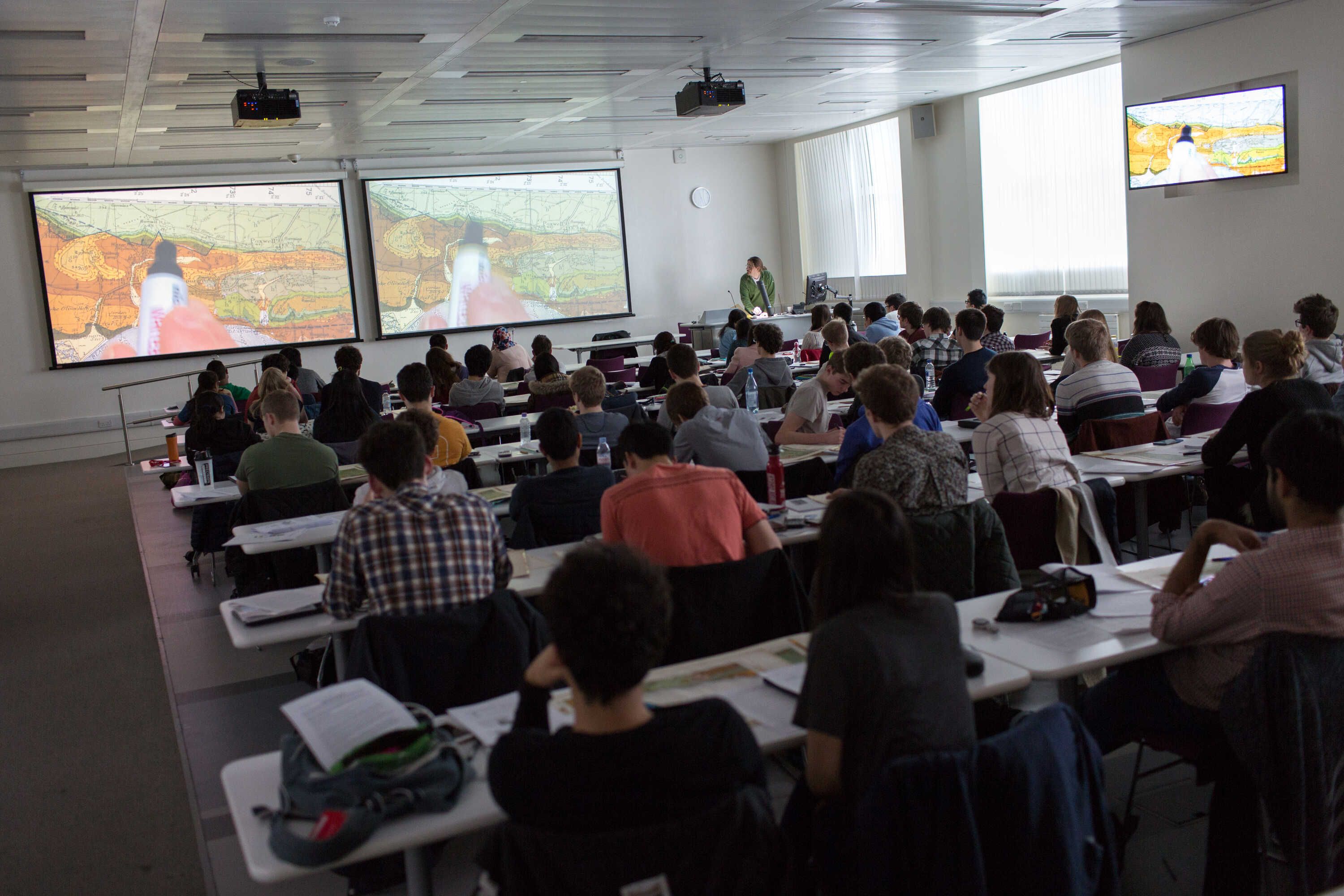
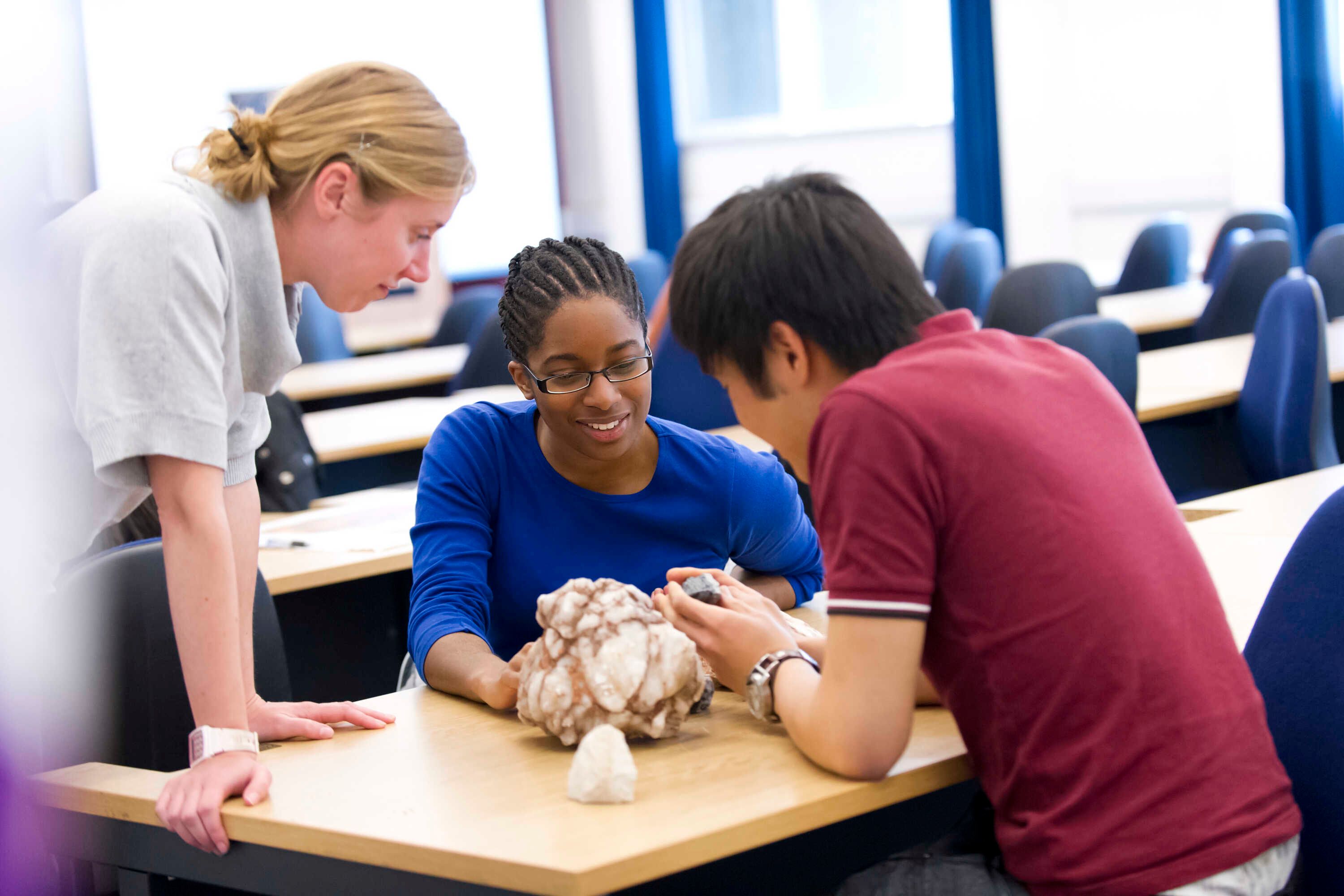
.jpg)
